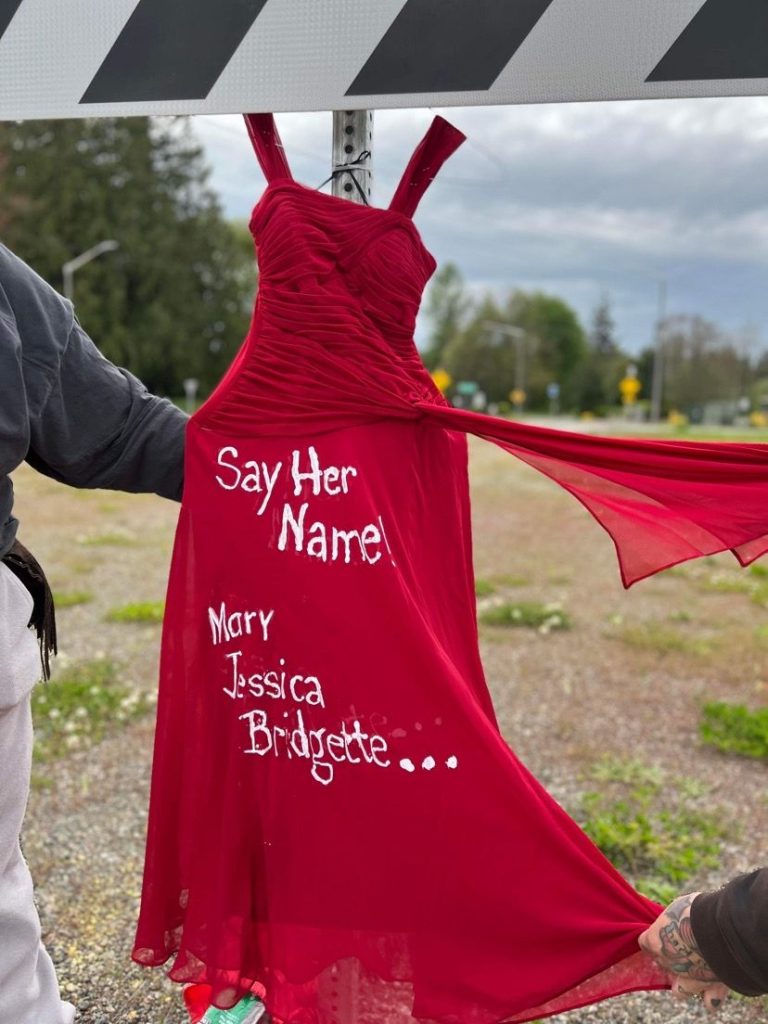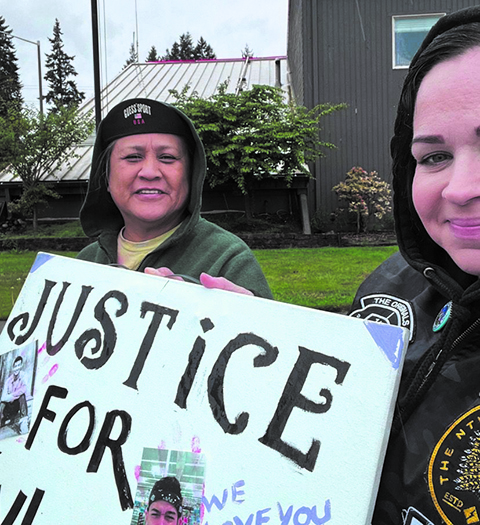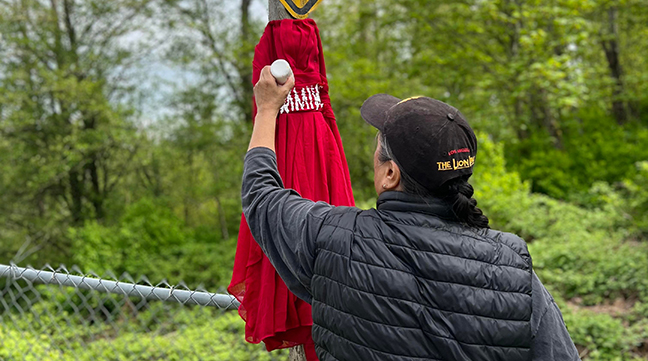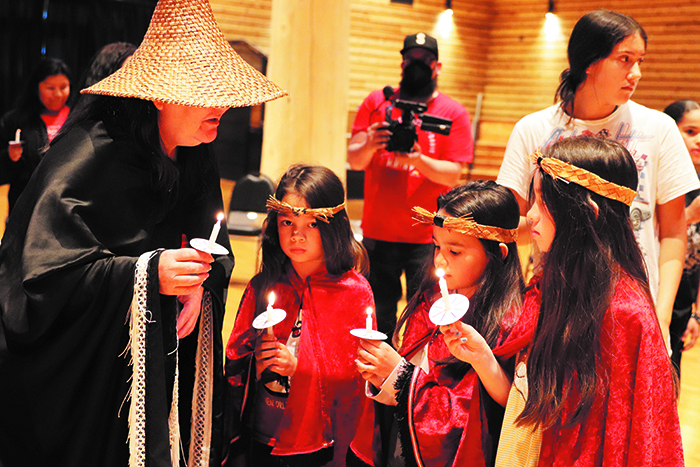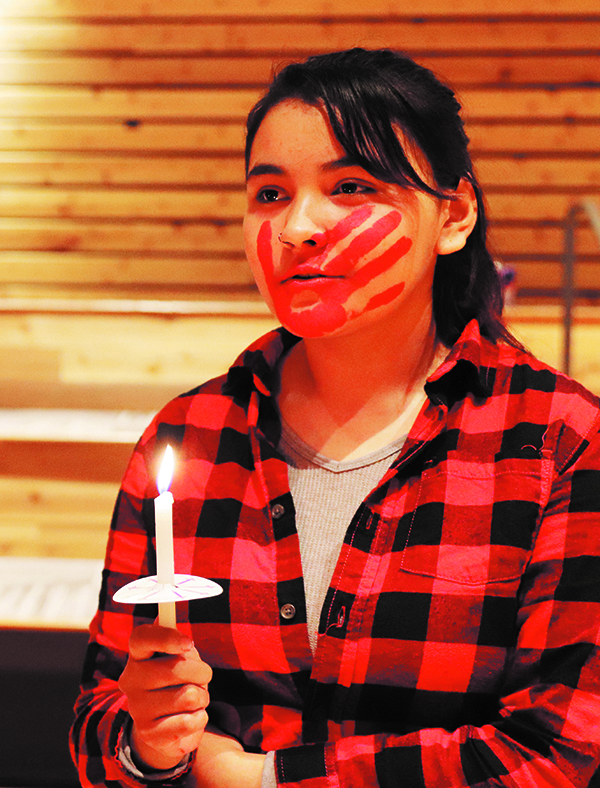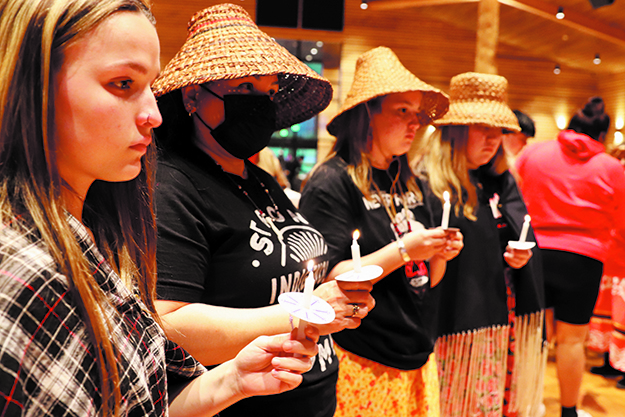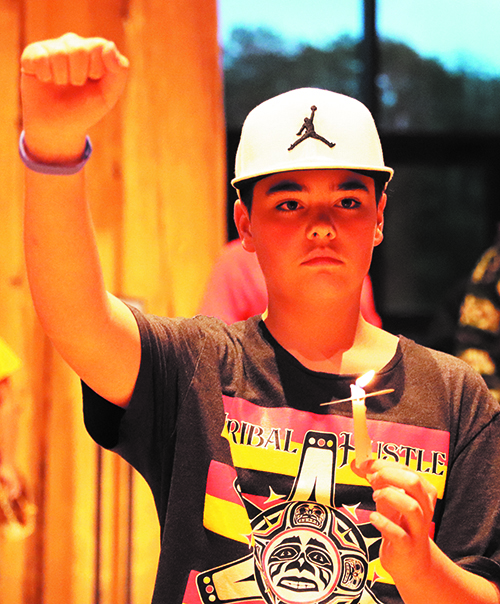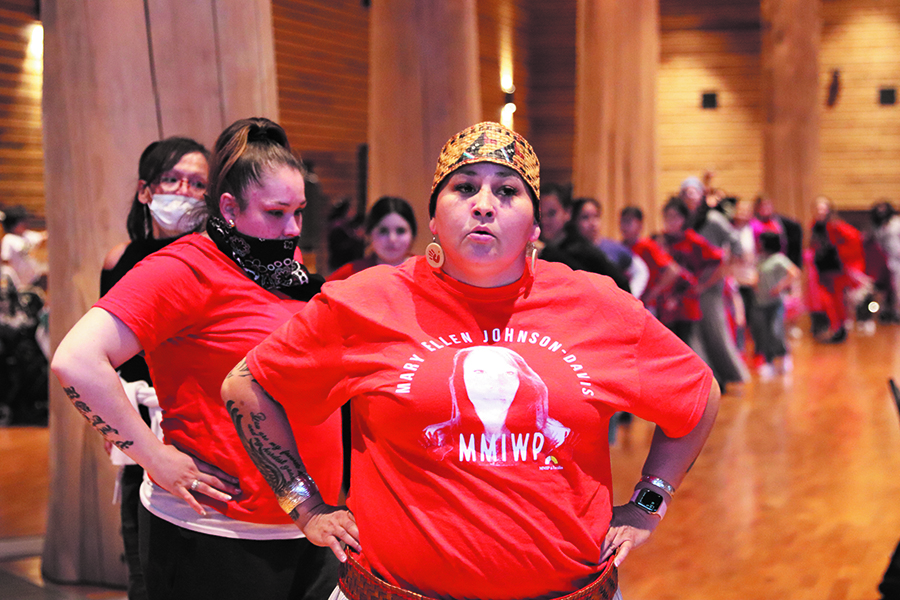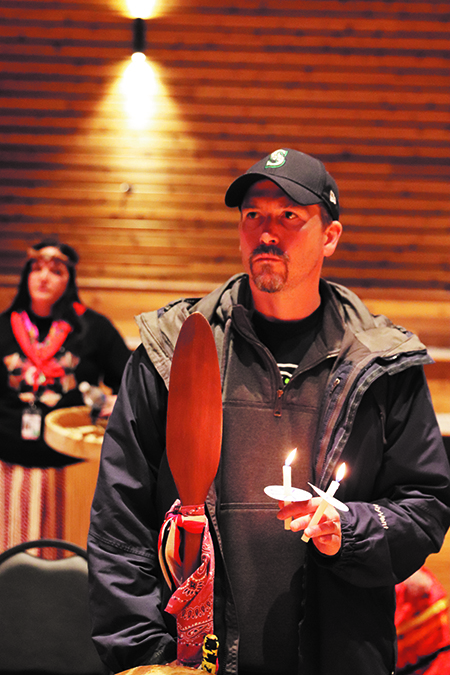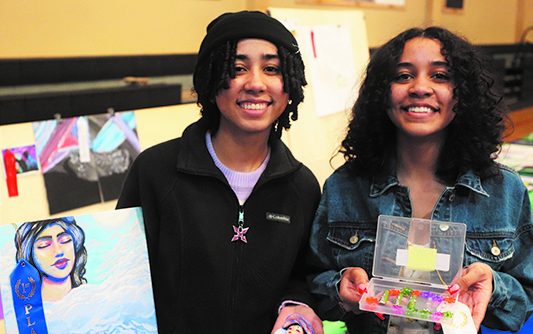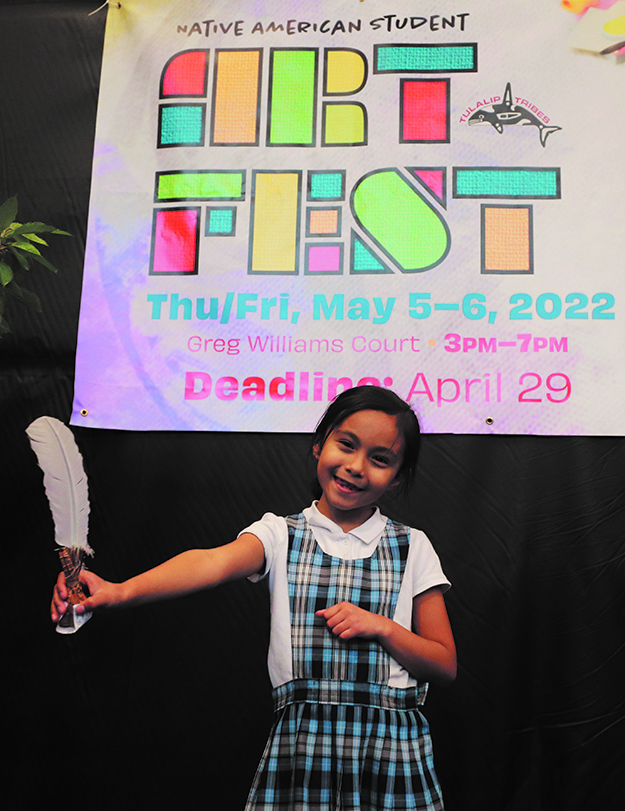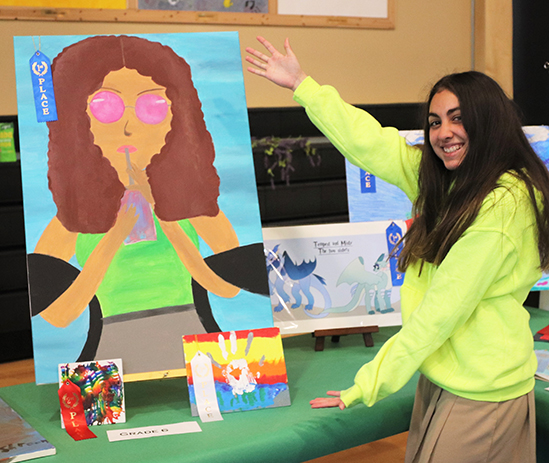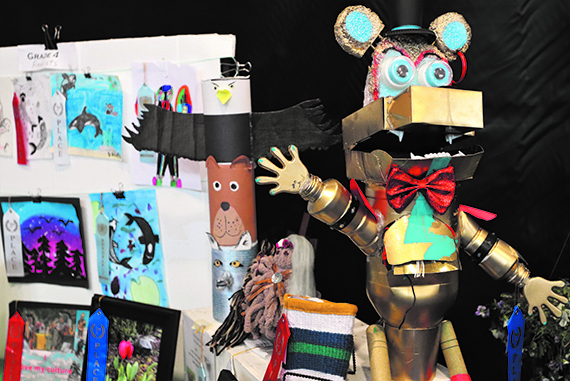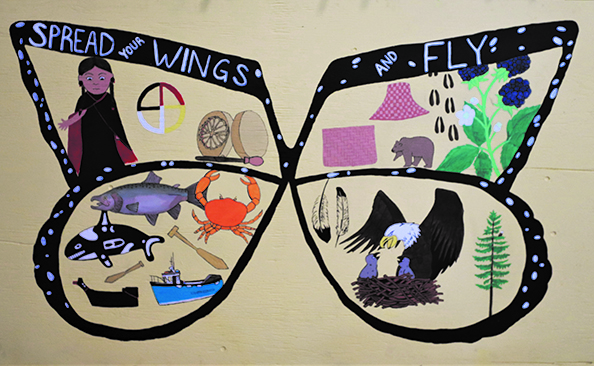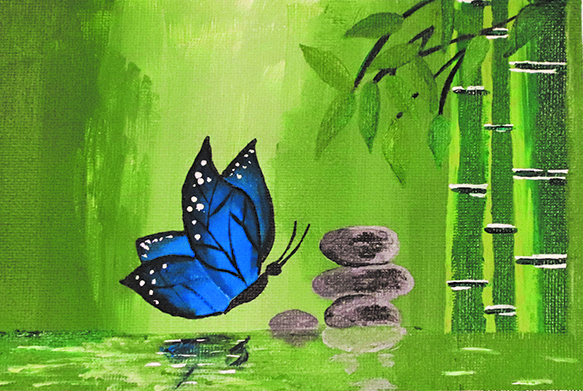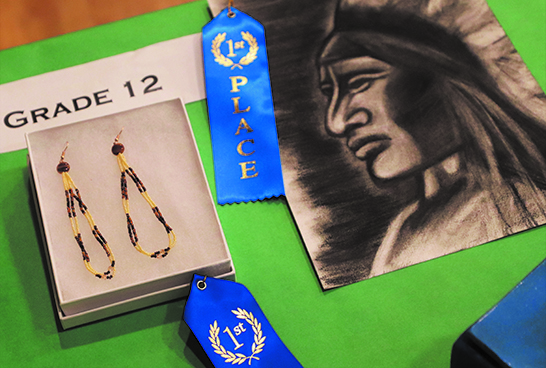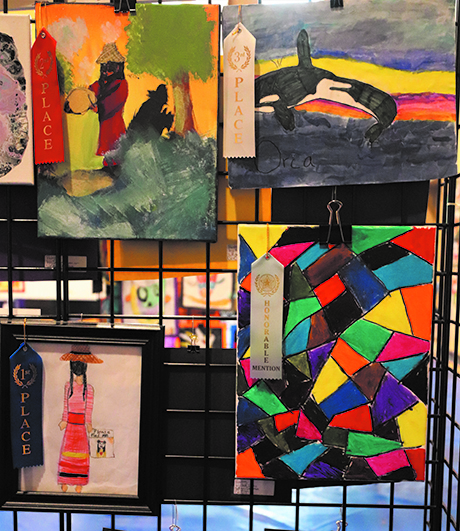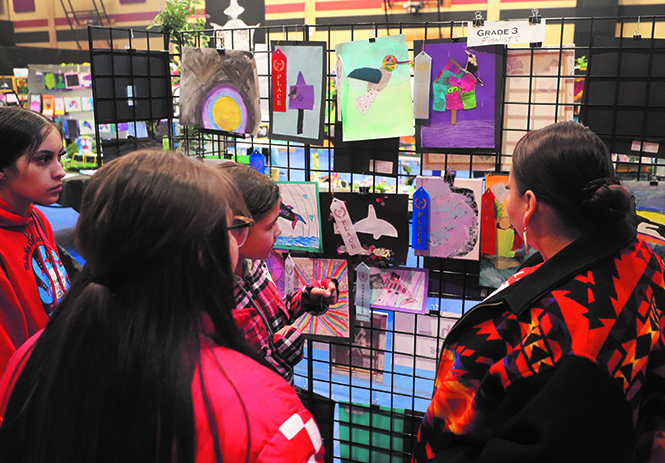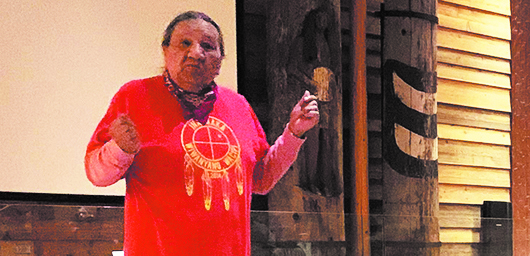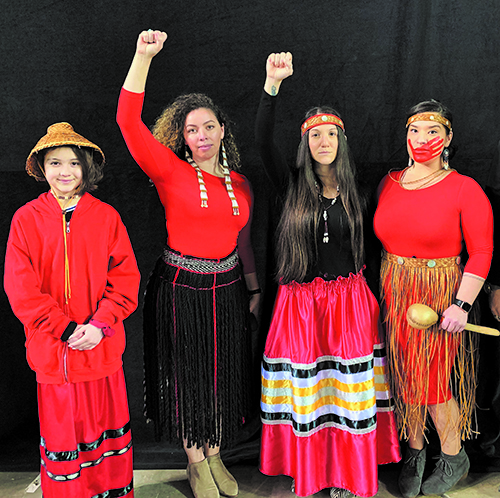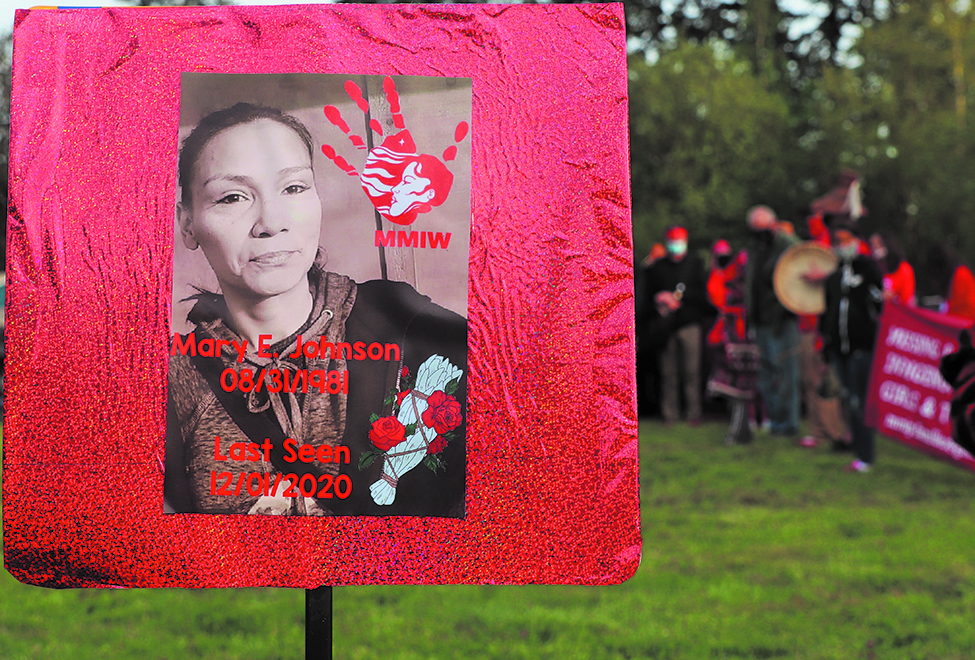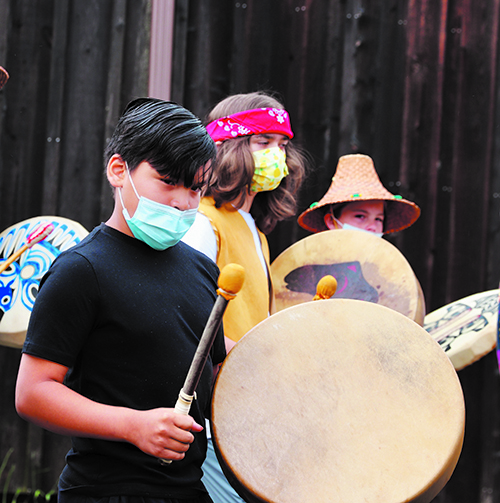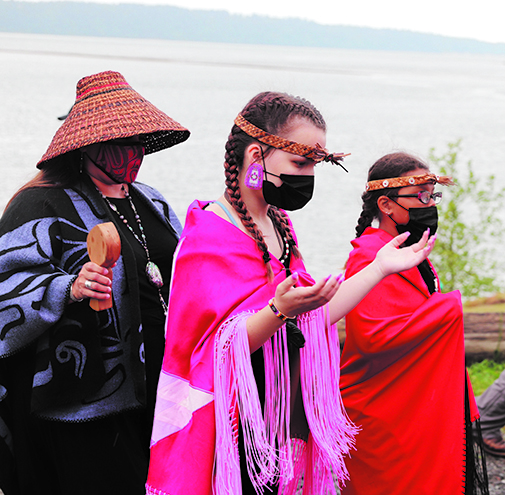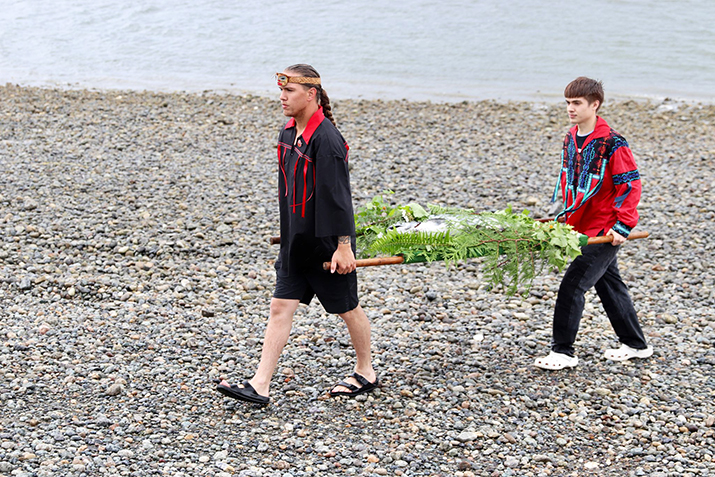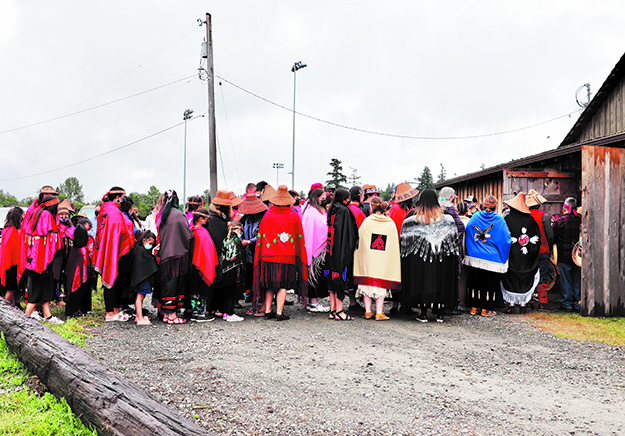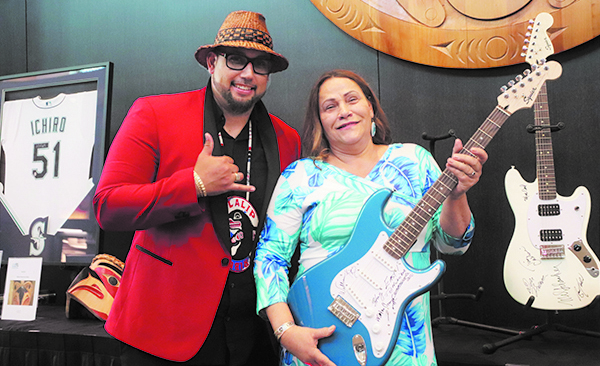
By Micheal Rios, Tulalip News
During the evening of Saturday, May 14, the Tulalip Resort Casino’s orca ballroom was home to the 24th Annual Tulalip Boys and Girls Club Auction. The signature fundraising event of the season was all about giving gracious donors and committed community members an opportunity to paint a brighter future for Tulalip kids.
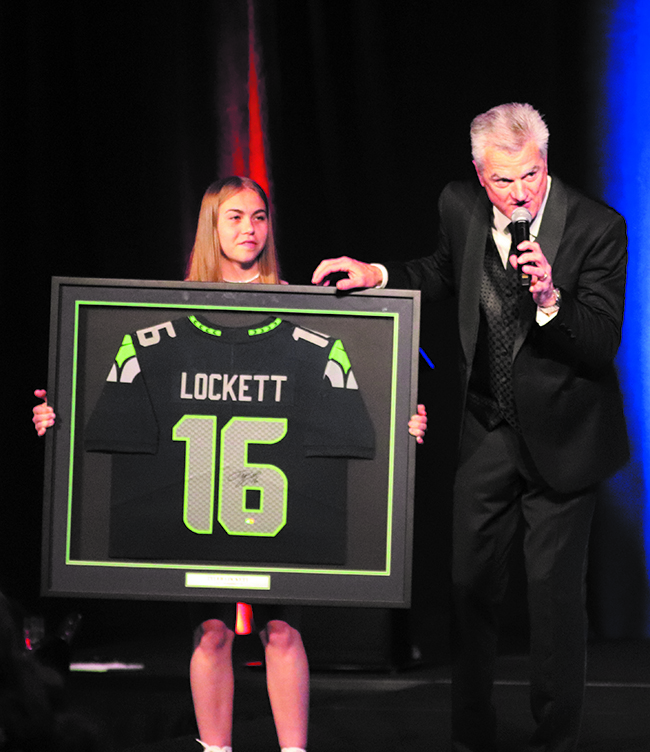
“As a former club kid, I personally know the positive impacts of having a Boys & Girls Club in my community,” shared auction chairwoman Belinda Hegnes. She also serves her tribe as executive vice president of Quil Ceda Creek Casino. “The club was a safe place to meet friends, hang out after school and during the summer. As a child, there was always something fun to do. One of my earliest memories was learning to shoot a basketball by then club director, Terry Freeman.
“We wanted this year’s auction theme to send a positive message to our youth that even when times are tough to keep moving forward and focus on the future,” she continued. “This past year the pandemic continued to impact our communities and our youth. We all at some point experienced a little fear, uncertainty, social restrictions and isolation from loved ones. Tonight, we finally get to come together to paint a bright future and make a positive impact for the children!”
‘The Club’, as it’s affectionately been dubbed by the hundreds of children who attend daily, is a safe place where kids can just be kids. While there, children are routinely exposed to healthy food choices, learn many useful skills, create an abundance of happy memories, and make relationships that last a lifetime.
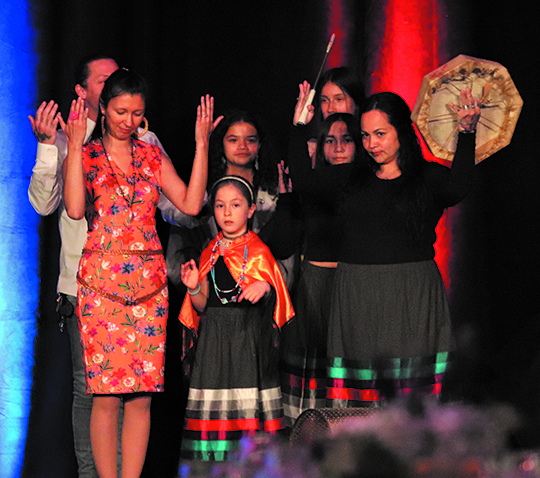
The Club is the first of its kind to be built on tribal land in Washington. Established over twenty-five years ago, 2022 marks nearly three decades worth of commitment to the community. Through before and after school programs, our local club aims to help young people improve their lives by building self-esteem, developing core values, and teaching critical skills during opportune periods of growth.
“What an amazing evening to be together with all of you for our signature event that supports the Tulalip Boys and Girls Club,” said Tulalip Chairwoman Teri Gobin. “The funds raised from this one event truly makes a huge impact on the lives of so many of our kids. We have so many leaders who grew up as club kids and now are professionals working in management positions at both our casinos, Quil Ceda Village, and in many departments of our tribal government. That’s a significant impact the boys and girls clubs has had on our people, and that’s the impact we are all here to support.”
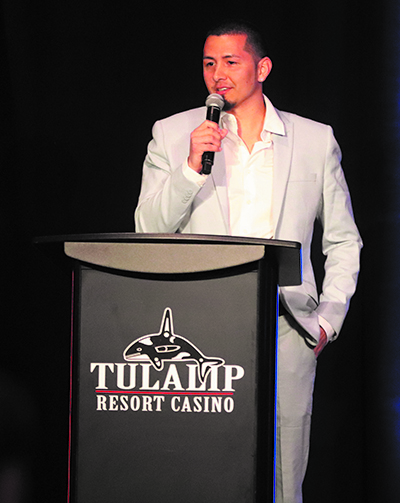
Serving as a model for those working to improve the lives of young people in the surrounding communities, the Club is the primary beneficiary of the annual fundraising auction. With each auction building off the success of the previous years, the Club has not only been able to sustain services, but to complete much needed campus expansions that add additional learning and activity space.
Funds raised from the annual actions are dedicated for capital improvement, not operating costs. Previous auction funds have paid for a state-of-the-art music studio, a multi-media room with twenty-plus computers, several transportation vehicles, roof repairs, upgraded kitchen equipment, and even a 4,000-square-foot technology-filled extension to better accommodate an ever-growing teenaged membership. This teen center was invaluable over the past two years. In such a tumultuous time, local teenagers were able to depend on access to this tech-driven space to meet their computer access and internet needs to complete schoolwork.
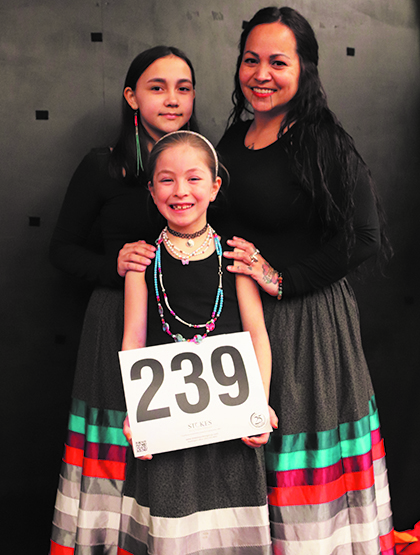
matching ribbon skirts, were excited to bid on a number of silent auction items.
“It’s so funny looking back because I didn’t realize how much the Club meant to me as a kid, but really it was everything,” shared Club Director, Shawn Sanchey. The 26-year-old Tulalip tribal member has come full circle after he himself grew up a Club kid and now manages the same facility so many kids depend on every day. “It’s amazing being able to witness these kids learn and grow in the same way staff once did for me. It really is unique how dedicated our staff are to the youth in our community.
“Thanks to our generous supporters we are able to alleviate costs associated with team and individual sports, which anyone who knows anything about Tulalip can tell you, we have a ton of aspiring athletes,” he added. “Some highlights from the past year are having 150 kids play tackle football, 70 kids playing select level basketball, and we started an exciting golf academy that already has 25 kids actively participating. Our dedication to give our kids access to high level sports goes hand-in-hand with our mission to let our kids know we care about them and we care about their future.”

In total, there were over 600 generous individuals in attendance at this year’s 24th annual auction. Many of the attendees have never been inside Tulalip’s reservation-homed boys and girls club. However, the uplifting faces of Club kids were ever-present on actual table centerpieces and projected onto screens bordering the ballroom. There were also a number of Club teenagers who volunteered at the auction and helped generate support by sharing their stories.
One such teenager was 17-year-old Kenzie Thompson-Sheldon who, during the live auction segment, strutted on the main stage with an autographed Tyler Lockett jersey. When auctioneer Mark Schenfeld asked her how much she thinks the Seahawks wide receiver jersey should go for, Kenzie said nonchalantly “Five-thousand dollars.” And $5,000 it went for.
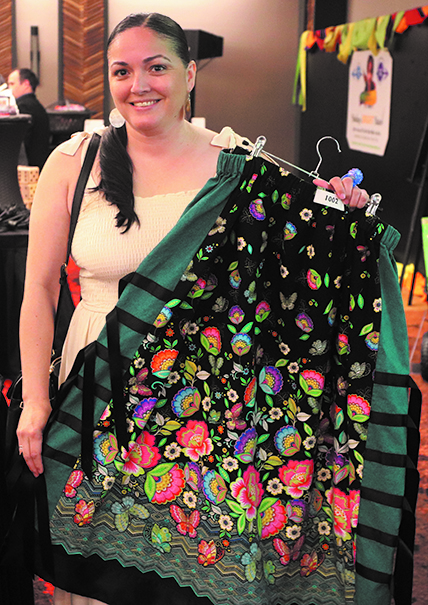
With such an amazing turnout to support the kids came some delightful fundraising numbers. A record $104,200 was raised exclusively for Kids Kafé, which is an essential part of the Club’s services. Kids Kafé addresses the very basic fact that often the meals provided to club members are the most nutritious part of their daily diet. This year, our club transformed into a virtual school site and during this time provided breakfast, mid-morning snack, lunch and afternoon snack. Over the course of the last year, Kids Kafé served an astounding average of 1,280 meals a day.
When the 24th annual action finally came to an end, a whopping $563,646 was raised between the silent and live auctions, including the enormous amount of support for Kids Kafé. There are so many generous contributors who played a critical role in making the 2022 auction one for the history books.
“The auction is really about building relationships with the community and continuing to build upon the strong foundation of support we have with the Tulalip Tribes, Snohomish County, the school board, and the Tulalip Resort Casino,” explained Terry Freeman, Assistant Director of Development for the Boys & Girls Clubs of Snohomish County. “For twenty plus years now, our goal has remained the same – to create more and more partnerships off the reservation to achieve our goals on reservation. Thanks to our tribal leadership team, we continue to meet and exceed this goal.”
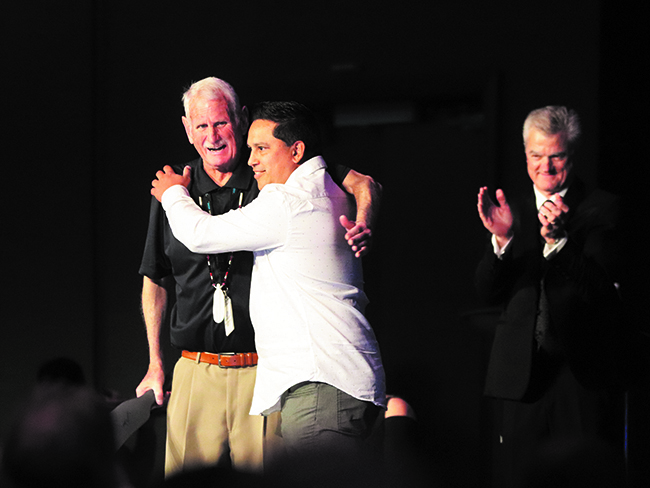
him a paddle and many kind words.
In an emotional moment shared by all that know him, Terry was honored by artist James Madison with a hand-carved, WSU inspired paddle. Terry has dedicated more than 50 years of his life working on behalf of the Boys and Girls Club, where he’s impacted the lives of countless Tulalip tribal members. His limitless energy and enthusiasm for making the lives of today’s youth better is downright contagious, which is why he’s been the perfect behind-the-scenes organizer of twenty-four straight auctions.
“I’ve known Terry since I was just 8-years-old and he ran the Everett Boys and Girls Club. He’s always been a stand-up guy and looked out for us Tulalips, making sure we had what we needed to thrive,” said James. “Now, as an adult, I’m fortunate to call Terry a friend. He deserves all the accolades and more for what he’s done for us. It meant so much to make sure he got his due respect and admiration in front of all these people he brings to our land every year to benefit our kids.”
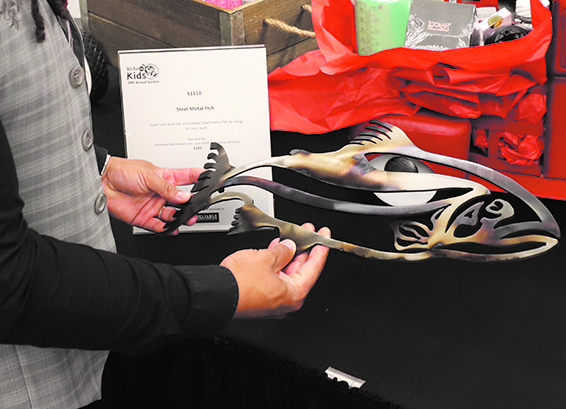
Thanks to everyone who contributed and gave generously, the 24th annual action was a major success. The generosity and heartfelt support received each year from sponsors and volunteers is overwhelming. As in years past, all funds raised will ensure the local Club continues to provide and improve upon quality programs in a fun, safe and positive environment for our kids.


